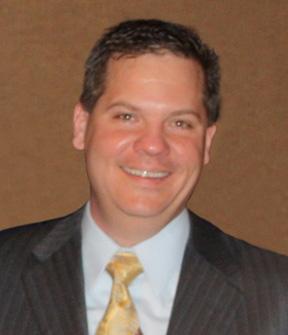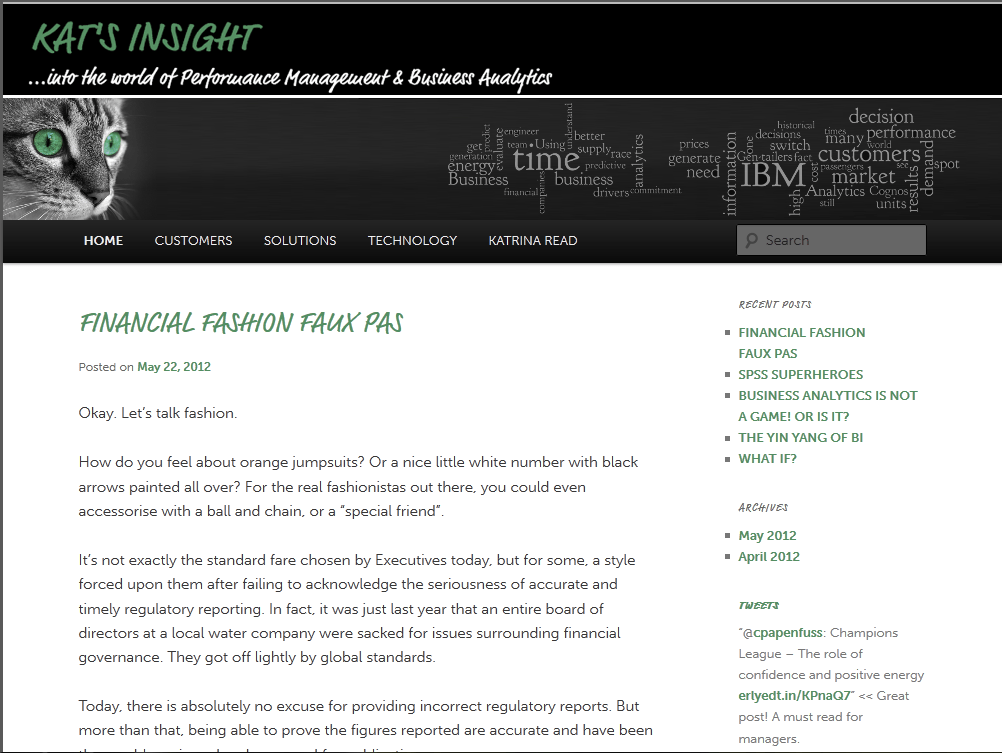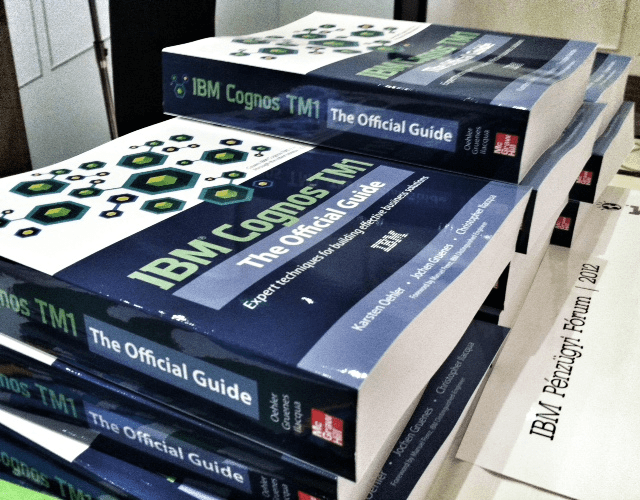The 80 year-old company Mueller Inc is a a leading manufacturer of pre-engineered metal buildings and metal roofing products. Mark Lack is responsible for performance management at Mueller Inc. He delivered a great presentation about their IBM Cognos implementation at the recent IBM Vision 2012 event in Orlando. Following his session we sat down for a short interview.
Christoph Papenfuss: Mark, tell us about your role at Mueller Inc.
Mark Lack: I was hired to manage the planning and forecasting function and as my role evolved Strategy Management and Business Analytics became a natural extension.
Christoph Papenfuss: Did Mueller already have established performance management processes when you joined the company. Can you provide examples?
Mark Lack: Yes, it was Excel based. I can’t say it wasn’t sophisticated because it was. Lots of automation and VBA scripts to manage the roll-ups. The problem with the system was the inordinate amount of time it took to perform manual manipulations. Ultimately it rolled up to a series of financial performance items. The process was long and complicated, and in the end we had difficulty matching the output with the actual drivers of the performance.
Christoph Papenfuss: Reporting and Analysis was difficult then. What about the planning and forecasting process? Did you encounter any difficulties?
Mark Lack: The budgets weren’t kept in our main ERP system, only in Excel. We had to manually type in 300 lines of actuals each quarter in order to run variance reports. Invariably we would encounter that someone inserted a new line and it flowed through the rollup. Forecasting was done by evaluating what could be done, backing it off 10% and seeing if that could get passed. Often times when a number or a project was accepted, every other plan would magically look similar.
Christoph Papenfuss: You decided to implement new performance management processes. How did you go about that? Did you use a big bang or a phased approach?

Mark Lack: We had just come off of an ERP implementation that was big bang, so we realized that this next project should be phased. Actually, when working with PM, you have to be careful of what you incentivize (to avoid bad behaviors) so it lends itself to a more phased approach. We began by implementing a corporate balanced scorecard. This became the framework for which the organization’s activities would be managed around, so this became the parameters. The scorecard reporting at first was done in Excel with Red yellow green traffic lights as the metrics success and failures. The first question when we reviewed these was always “What caused the target to be off?” We realized that we had to put a better system in place to manage and automate the PM if we were to be able to communicate what was important about executing our strategy and drive behavior.
Christoph Papenfuss: What does you current solution look like? What have you implemented and which processes are automated?
Mark Lack: We have an integrated system that uses the strategy as the foundation of our company. All of our PM processes are integrated from the balanced scorecard, to reports that indicate why we met or missed a target, to a planning system to help us get back on track. We try to allow the data to flow systematically with little to no intervention. We’re pretty close to an entirely closed loop system and the told we have provide the ability to automate the dissemination of important information needed to run the organizations. The goal is to get relevant information to decision makers when and how they need it. We’re pretty close to that goal and automation of information delivery against our “big data” has helped us in this regard.
Christoph Papenfuss: One of the key problems companies are struggling with is target settings. Managers tend to fight for lower targets. Their argument is that their goals are arbitrary. Do you have similar issues?
Mark Lack: We did for a while, and for the most part they have a point. If the goal is 15 % and they are at 5% now, a 3 times jump can be difficult to obtain if looked at from a high level. What we were able to do with our analytics tools was to analyze organizations around a common theme, such as revenue. By breaking them into groups and analyzing the processes within the groups, the result in target setting is less arbitrary. In our case if 7 organizations have a similar revenue level and 5 are performing at a high level in regards to customer satisfaction scores, all things being equal, the remaining 2 orgs should be as well. So we set the target within the per group range as an expectation. The top 5 in the peer group set the target and then the conversations switched from “That target is arbitrary” to “This was set by your peer’s performance”. The idea here is that now we can remove the distraction of who set the target (now it is the peer group) to what are the best practices that drive this performance? If 70% of your peers can perform, what keeps you from performing? Ultimately it changes the conversation for the better.
Christoph Papenfuss: Implementing a solid performance management platform requires resources. What is the benefit for your organization? Have you ever attempted to calculate the ROI?
Mark Lack: We always knew the answer was positive, because you can see results, right? The problem we always had was how do you quantify it? We had a research study done by Nucleus Research and the direct benefits were 113% per year. If we add the indirect benefits of a better informed workforce, I’m guessing it would have to be 10x that figure.
Christoph Papenfuss: What are your future plans?
Mark Lack: I’d like quote Jeff Spicoli and say “me and Mick are going to wing on over to London and jam with the Stones” but I can’t. There are too many opportunities to use the tools available to continue to maximize the value out of our system.
Christoph Papenfuss: Thanks much for your time, Mark
You can find out more about the Mueller Inc implementation on IBM’s website.










